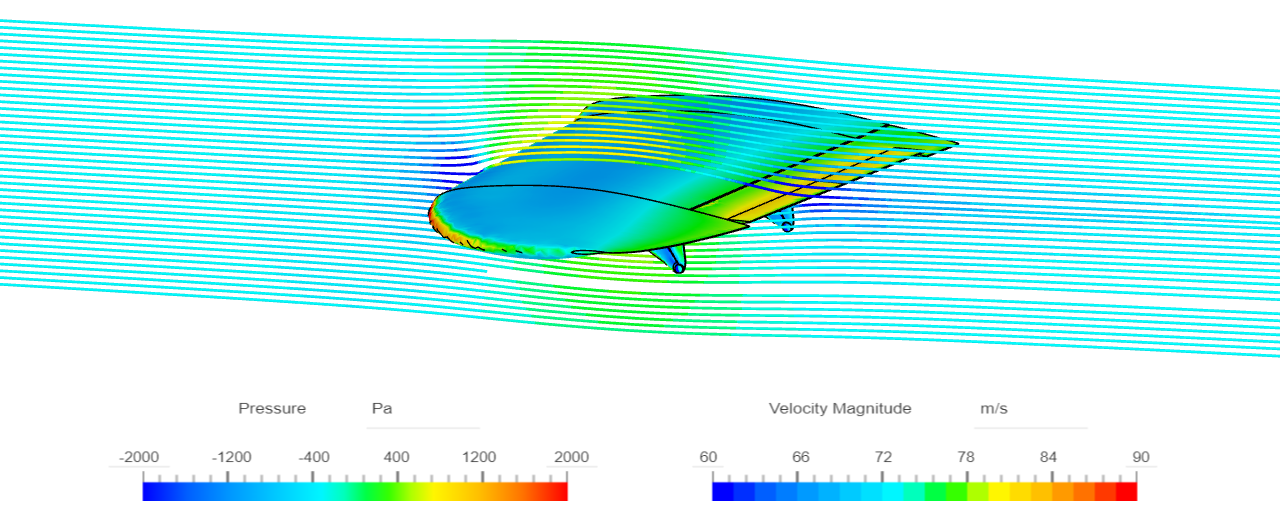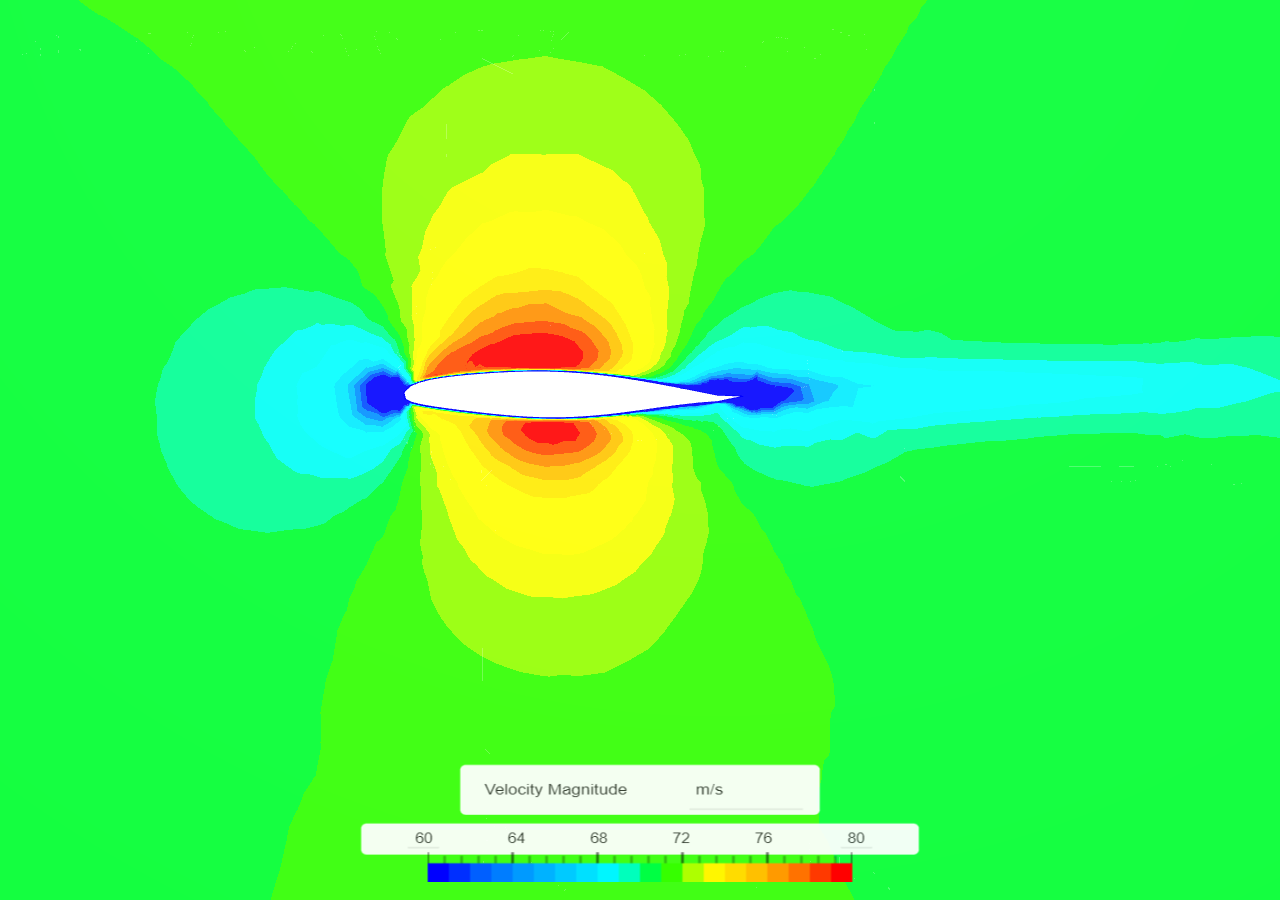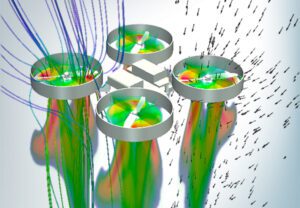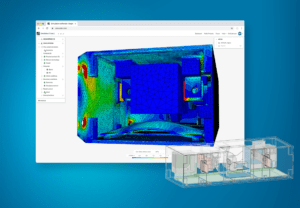Turbulence Solutions, a pioneer in aviation technology, has developed an innovative method to reduce the impact of atmospheric turbulence on fixed-wing aircraft. Its technology makes atmospheric turbulence measurable and controllable for cancelling turbulence effects in flight.
Turbulence not only compromises passenger comfort and safety but also leads to significant economic losses for flight operators. The company’s groundbreaking technology, known as Turbulence cancelling, leverages advanced engineering and simulation tools, such as SimScale, to address this critical issue.
Turbulence Solutions’ technology is scalable across different fixed-wing aircraft. Our initial products target small two-seater aircraft, with a maximum takeoff weight of 600 kg. We have used SimScale to successfully validate testing and implementation in this category which will set the stage for expansion to larger aircraft, including models like the Airbus A320.

DI Andras Galffy
CEO, Head of Research & Technology at Turbulence Solutions
Turbulence cancelling is a patented technology designed to stabilize aircraft in turbulent air. It is built on the principles of advanced flight control, integrating modern technologies like LiDAR and morphing structures to minimize turbulence effects. The technology employs a combination of feedforward and feedback control mechanisms to counteract turbulence loads by dynamically adjusting control surfaces. Turbulence cancelling has been validated through manned flight tests, confirming its effectiveness. The technology is patented in the US, with additional patents under application in Europe and other regions. Its key components include:
Aircraft manufacturers benefit from Turbulence cancelling technology through improved passenger comfort and safety, leading to higher customer satisfaction and reduced operational costs. The technology is retrofittable, offering flexibility for both new and existing aircraft.

DI Andras Galffy
CEO, Head of Research & Technology at Turbulence Solutions
SimScale, a cloud-based simulation platform, plays a crucial role in developing and validating Turbulence Solutions’ technology. The platform supports various simulation types, including Computational Fluid Dynamics (CFD) and Finite Element Analysis (FEA).
A wing is optimized for turbulence cancellation using the above design workflows. The wing has trailing edge flaplets that are controlled in real-time by highly sensitive pressure (pitot) tubes feeding data to the servo motors. The flaplets are used to decrease updraft by controlling their direction and movement.




Cloud-based access allows for simulations without the need for extensive in-house computing resources which has been of immense benefit to our team. We found that SimScale offers a broad spectrum of simulation types, including FEA, FSI, thermal, and LBM, providing a versatile platform for various testing needs now and in the future. One of my favorite aspects of SimScale is the efficiency with which we can quickly get set up and reach meaningful results that enable fast iterations and timely adjustments during the design phase.
DI Andras Galffy CEO, Head of Research & Technology at Turbulence Solutions
Turbulence Solutions leverages the power of SimScale to refine and validate its innovative Turbulence cancelling technology. SimScale’s broad spectrum physics capabilities mean there are many more analysis types, features, and tools ready for the engineering team at Turbulence Solutions to try including the fast GPU-based lattice Boltzmann method (LBM) solver Pacefish and newly released AI features for accelerated aerodynamic testing.






Sign up for SimScale
and start simulating now